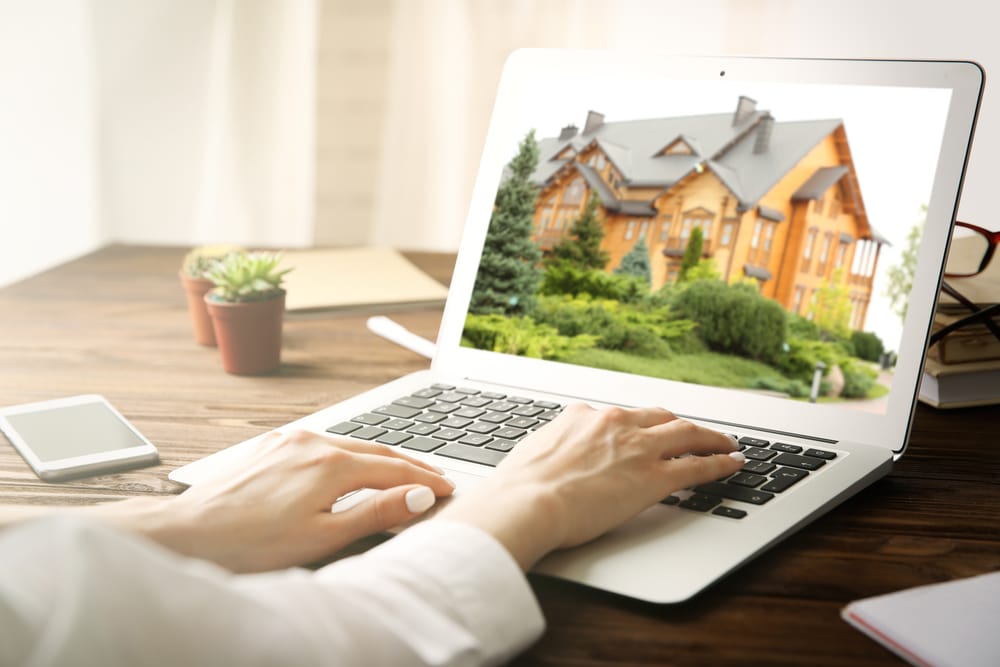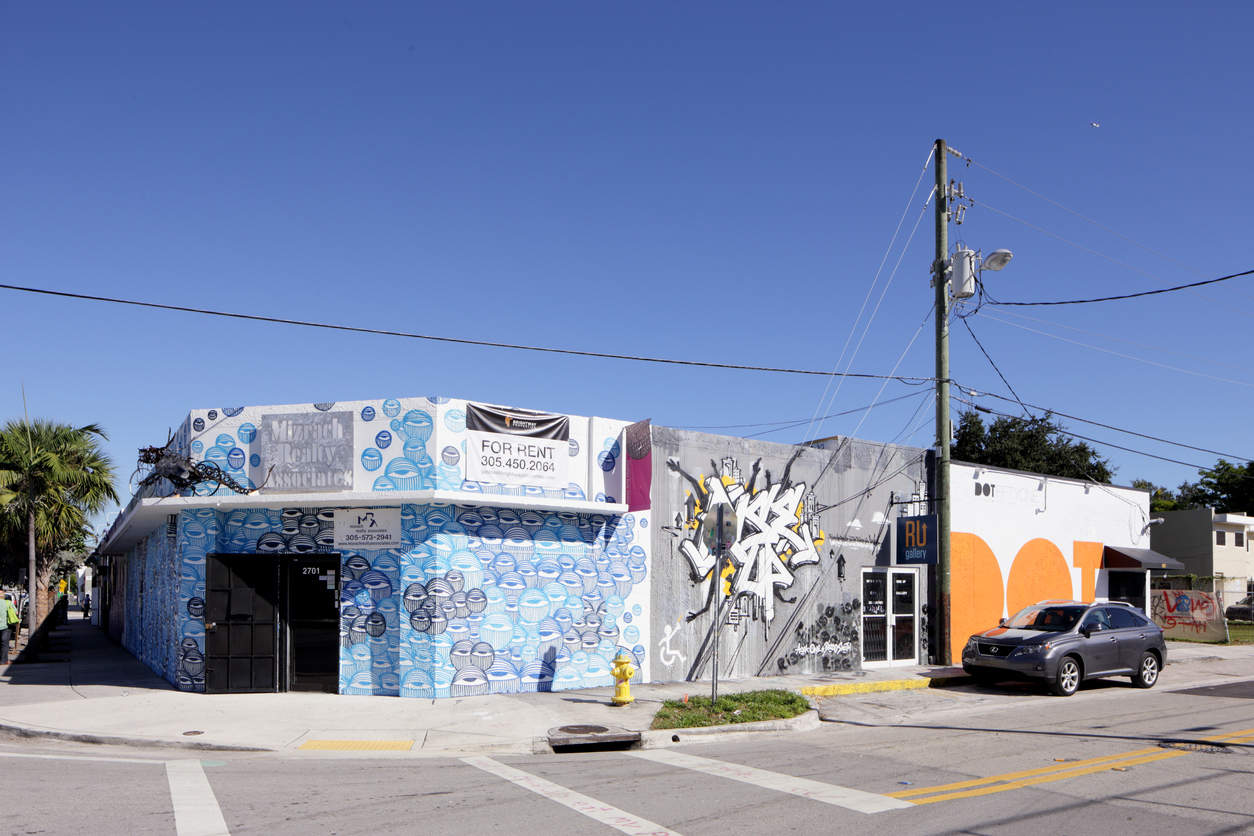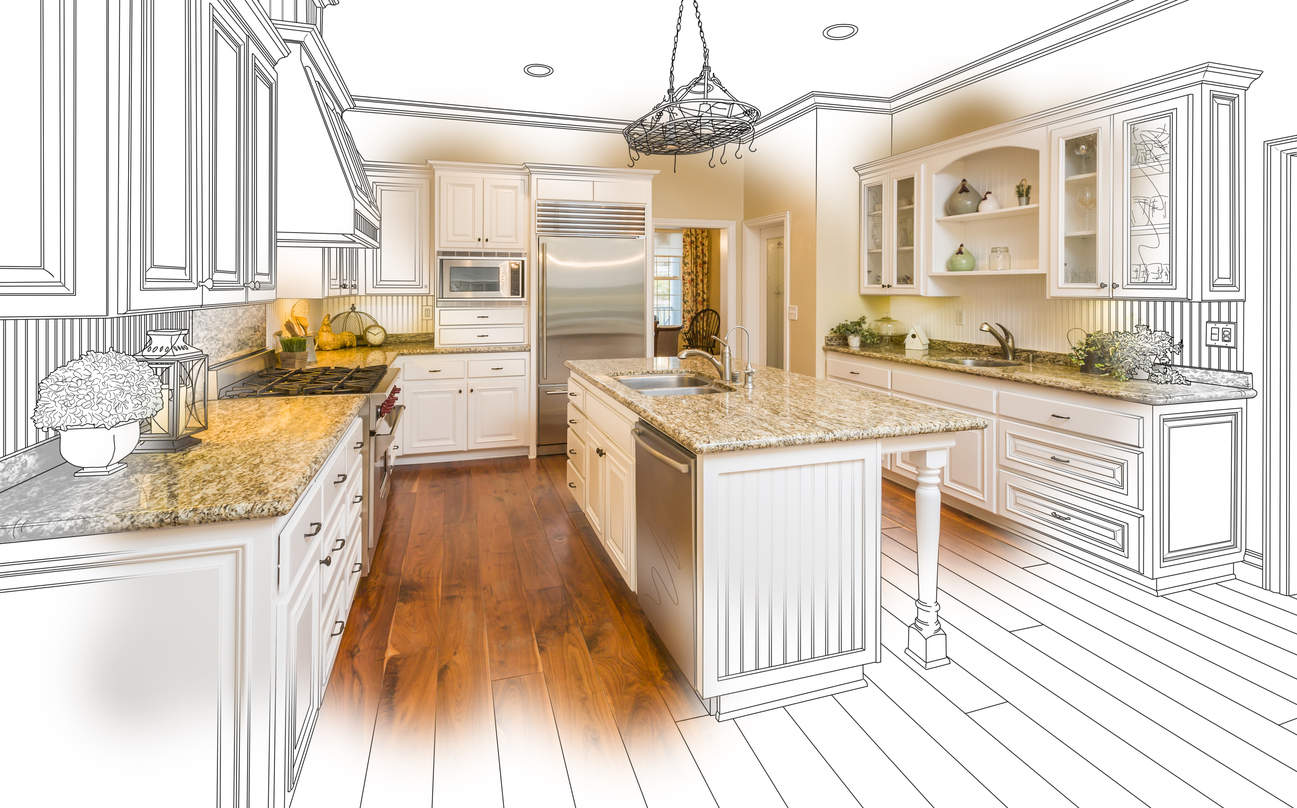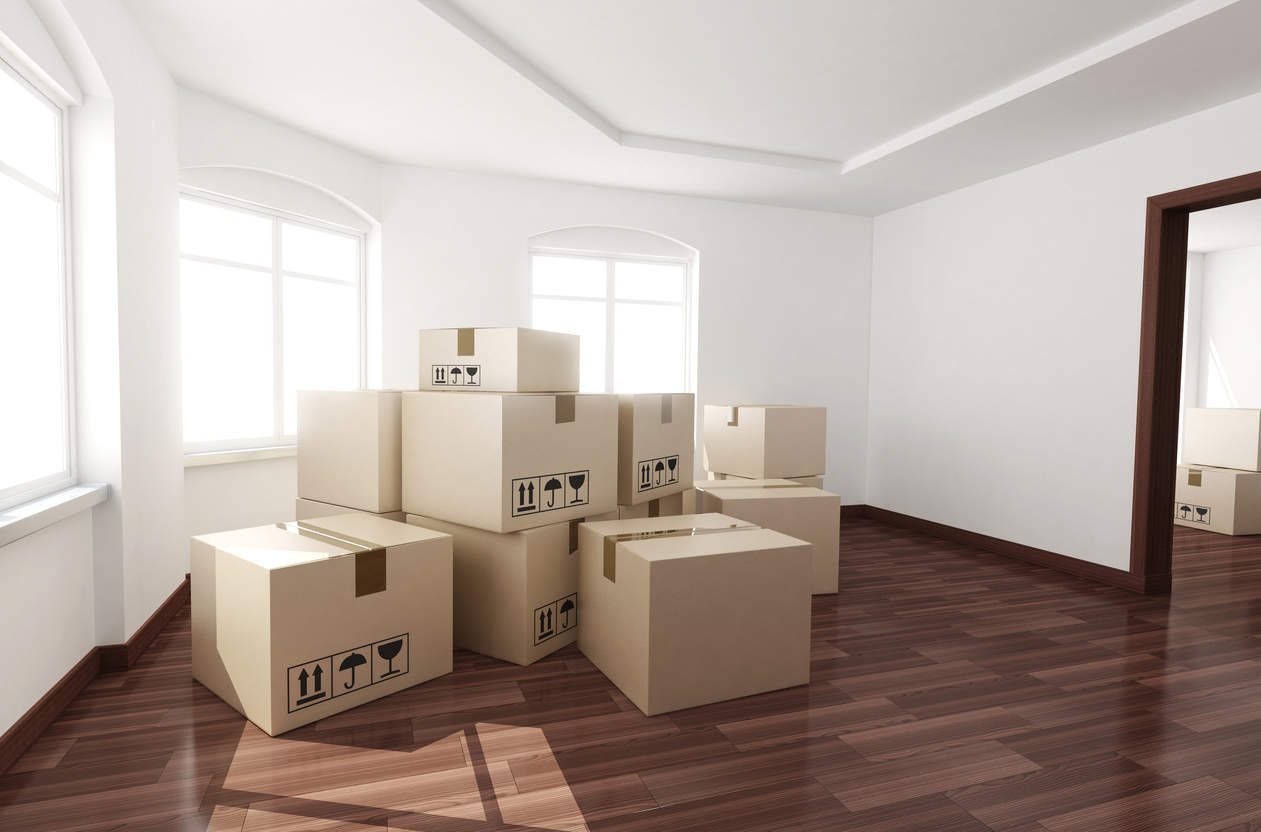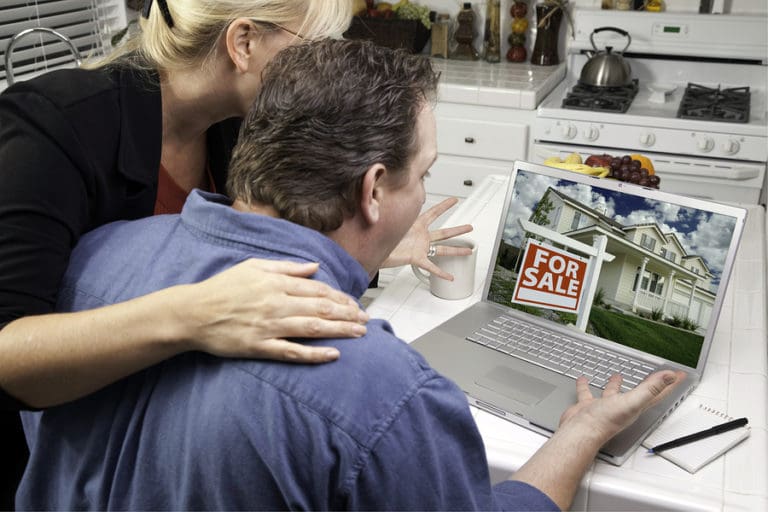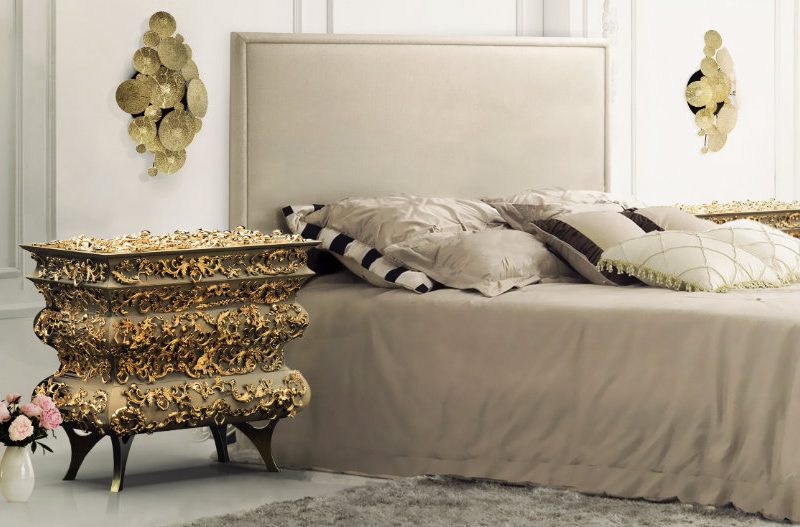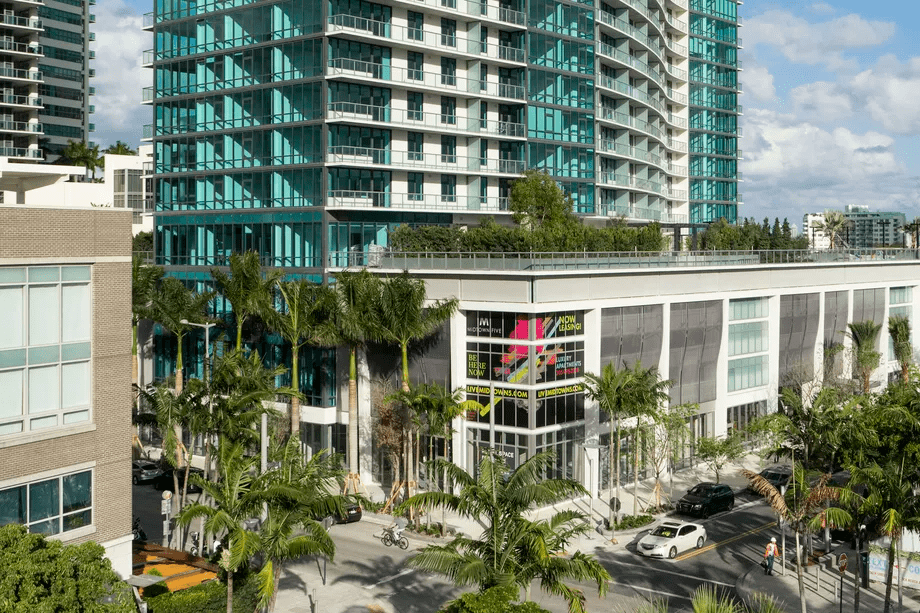It’s no secret that buying a home is probably the biggest investment you’re ever going to make. It’s also one of the most popular – 88% of U.S. households believe owning a home is a good financial decision.
If you’re in the market, chances are you’ve been overwhelmed by the number of available options – and one major decision you must make is whether to purchase a single-family home or an attached unit. There are both advantages and disadvantages to purchasing a unit in a larger development, such as a condo, townhouse, or co-op, and the same could be said for purchasing a large (or even small) single-family home. In 2015, the median sale price of existing single-family homes was $223,900, while the median sale price of existing condo or co-op homes was $210,700, according to the National Association of Realtors.
Thankfully, as long as you make an informed buying decision, both housing styles are viable options. Some people may be struck by the immediate difference in appearance between the two, but the contrast is hardly skin-deep, and many folks are unaware of the finer details of each type of property. Before you decide which option to focus on in your search, it’s important to compare both to see which is best for you and your family.
Advantages of Single-Family Homes
Single-family homes are unattached houses that are most often found in the suburbs of a larger city, and may be in a subdivision or out in the country. Many have a yard, a garage, and perhaps even a private garden or a swimming pool.
Generally, the following aspects set single-family homes apart from attached homes:
1. A Bigger Yard
Single-family homes often have larger yards than attached units – and many attached units may not have a private yard at all. In fact, in townhouse communities, the yard is usually considered a common area that is maintained by an association. So if you want to have people over for a big backyard barbecue or plant a vegetable garden, a single-family home is more suitable.
2. No Shared Walls or Floors
In a single-family home, you don’t have to worry about your upstairs or downstairs neighbors stomping around or playing loud music at all hours. While you might have neighbors, no part of their home touches yours, which can eliminate many noise-related issues. In attached units, you share at least one wall with a neighbor, increasing the odds that you will have conflict.
3. Privacy
From the grass you stand on in your front lawn, to the attic space above you, it’s all yours. Therefore, you can have a reasonable expectation of privacy in a single-family home – you’ve got a space you can truly call your own. And if you want to have friends and family over to enjoy the back yard or the swimming pool, you don’t have to worry about neighbors coming over to share the space.
4. Room for Stuff
If you’re constantly struggling to find space to store holiday decorations, beach toys, bikes, or extra clothing, then a single-family home may be right for you. In many cases, a single-family home provides garage space, attic space, basement space, and more square footage than an attached-unit home. Single-family homes also can offer outdoor space to store outdoor play items for your children or pets, as well as gardening tools and recreation items.
5. Room to Grow
If you’re looking to start or grow your family – or if you foresee a day when aging parents or grandparents may come to live with you – a single-family home may be your best option. Also, if you envision your home as the go-to place for family reunions, sleepovers, and Super Bowl parties, a single-family home is more amenable to entertaining – both inside and out – relative to a townhouse or condo.
Advantages of Condos, Co-ops & Townhomes
Attached-unit homes come in many shapes and sizes. They may be part of a larger multi-story building with many units, or they may be a small strip of townhomes with just one or two levels. What sets them apart from single-family dwellings is that all homeowners share a roof, walls, or floors. You may also share common areas such as a garage, a clubhouse, a pool, or a garden area.
1. Low Maintenance
Though sometimes found in single-family homes, homeowners association (HOA) fees or maintenance fees are more common among attached-unit dwellings. Though they can be costly, when the pool needs cleaning or the grass needs cutting, you may be thrilled that someone else takes care of it. Depending on your property’s policies, those fees can pay for everything from basic landscaping, to roof repair, to property taxes.
Granted, such fees don’t cover everything. Depending on your property’s policies, the fees may only pay for upkeep of the communal areas of the property – and even if your fees pay for a superintendent to come by to fix the occasional leak, you’re still responsible for many items (such as appliances) and the upkeep of your home’s interior. But the savings can be immense – in both time and money – when you consider that you’re not the one out there mowing the lawn or balancing pool chemicals.
2. More Affordable
If you want to buy your own place but are worried about the expense, an attached-unit home could cost tens of thousands of dollars less than an equivalently sized single-family unit. In many cases, an updated townhouse with a clubhouse and communal pool is still cheaper than a 30-year-old single-family home that needs work.
In other words, if new construction and amenities are valuable to you, you may get more for your money with an attached home. Although in many cases you must give up a yard, a measure of privacy, and space, perks such as a shared pool and recreational facilities can make these cheaper dwellings even more valuable than a single-family home.
3. Fewer Concerns When Traveling
If work or family concerns take you out of town frequently, chances are your condo or co-op is going to be just fine on its own – a single-family home, however, might require paying someone to maintain. For example, single-family home dwellers would need to pay someone to cut the grass to ensure it didn’t become an unwieldy mess, or pay for a pool cleaner to ensure the drains didn’t get clogged. Plus, the extra privacy afforded by single-family homes can give potential burglars more privacy and cover when attempting to break in.
Meanwhile, attached-unit homeowners almost always pay HOA or maintenance fees to take care of upkeep concerns year-round. Likewise, attached-dwelling residents don’t have to worry as much about a leaky roof or gas leak going unnoticed – neighbors who share a wall or roof with you would be more likely to spot, hear, or smell a problem – or notice an intruder and sound the alarm.
4. Efficient Living
Are you the kind of person who prefers to minimize possessions, rather that accumulate clutter? If so, an attached-unit home may be right for you. In many cases, attached units offer “less house” for less money, so you can take the money you saved and put it toward other pursuits, such as college education, vacations, or charitable donations.
5. Live Closer to Town
Single-family homes may very well be in a secluded subdivision or down a dirt road removed from city life. Attached dwellings, however, are often in areas near vibrant entertainment and dining options, and may be closer to your office, shortening your daily commute. In fact, you may be able to live so close to work that you could commute by bike. Or, you might be able to take advantage of public transportation or ride sharing services, negating the need to own a car.
Many attached-dwelling homes are popping up nationwide in “mixed-use” real estate developments, where residents have food and dining options just downstairs – sometimes in the building itself. If convenience is what you’re after, a condo, co-op, or townhome may be exactly what you need.
Final Word
Before pulling the trigger on any home purchase, make sure you’re in a solid enough financial position to take it on. The Consumer Financial Protection Bureau recommends a total debt-to-income ratio of 43%, which means that if you divide all your monthly debts by your gross monthly income the result should be at or lower than that figure. The lower it is, the healthier your financial standing. Be sure to perform this calculation by including your prospective mortgage payment – and account for unexpected monthly expenses as well to ensure that you have a cushion.
SOURCE



